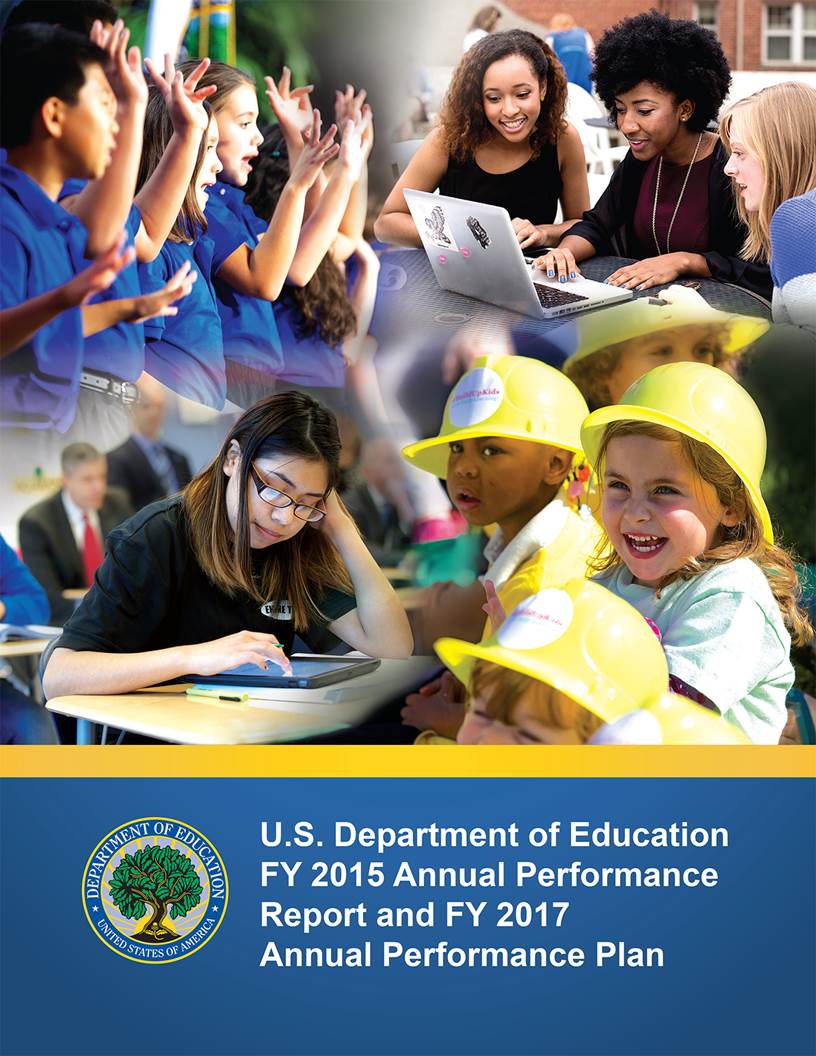- Home
- Agencies
- Department of Agriculture
- Department of Housing and Urban Development
- General Services Administration
- Department of Commerce
- Department of the Interior
- National Aeronautics and Space Administration
- Department of Defense
- Department of Justice
- National Science Foundation
- Department of Education
- Department of Labor
- Office of Personnel Management
- Department of Energy
- Department of State
- Small Business Administration
- Environmental Protection Agency
- Department of Transportation
- Social Security Administration
- Department of Health and Human Services
- Department of the Treasury
- U.S. Agency for International Development
- Department of Homeland Security
- Department of Veterans Affairs
- Goals
- Initiatives
- Programs
Primary tabs
Strategic Objective
STEM Teaching and Learning
Strategic Objective
Progress Update
The Department, in consultation with OMB, has highlighted this objective as a focus area for improvement. Efforts such as the expansion of 100Kin10, the nonprofit organization created in response to the call to recruit 100,000 STEM teachers from 2011 to 2021, and the recent awards made to support effective STEM teachers via the Supporting Effective Educator Development Grant program show continued attention and progress toward the Department’s goal of increasing the number and quality of STEM teachers. Across the administration, there has been a significant emphasis on improving STEM instruction, most directly through the CoSTEM Education’s interagency working groups. The Department leads this formally chartered group on P-12 STEM Instruction, which includes regular participation from the National Aeronautics and Space Administration, National Oceanic and Atmospheric Administration, Department of Energy, U.S. Department of Agriculture (USDA), National Institutes of Health, NSF, Department of Defense, and White House (Office of Science and Technology Policy and OMB). All participating agencies have committed to align efforts to support the preparation of high-quality STEM teachers and to support authentic STEM experiences[1] for P-12 educators. Not only do these agencies work together within the context of the CoSTEM Education, but the goals of the interagency working groups align to the CAP Goal for STEM Education across the administration. All activities that are being undertaken by the interagency working groups feed into the CAP process, and all milestones for that process align with the CoSTEM goals.
In addition, through the Teacher Incentive Fund national activities the STEM office is engaged in work around STEM Teacher Leadership and STEM Master Teachers that will continue into FY 2016. Six research action clusters will be convening every couple of months and developing resources to support STEM teacher leadership efforts.
2014 data from the College Board shows an overall increase in the number of graduating high school students taking Advanced Placement (AP) STEM exams: 555,119 compared to 527,001 in 2013 data. In all subgroups, the total number of participants increased, ranging from an approximate 15 percent increase for Hispanic/Latino students to a 3 percent increase for Black/African American students. Females still outnumber males in terms of AP STEM exam participation (which has been the case since 2002).
[1] Authentic STEM experiences means laboratory, research-based, or experiential learning opportunities in a STEM subject in informal or formal settings.









